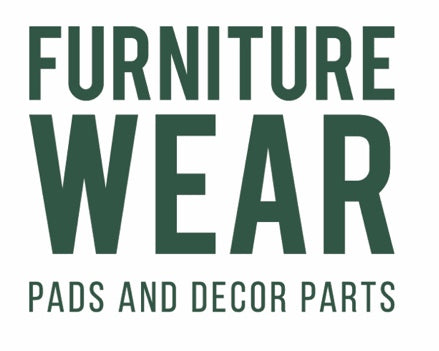Furniture Pads For Carpets
Furniture pads are essential for furniture on carpets for several reasons:
Preventing Damage: Furniture pads protect carpets from damage caused by furniture legs. Without pads, the weight of furniture can cause indentations or wear down the carpet fibers, leading to permanent marks or damage.Reducing Movement: Pads help stabilize furniture, preventing it from shifting or sliding on the carpet. This is particularly important for maintaining the alignment of furniture and avoiding accidental tipping or shifting.
Minimizing Noise: Furniture pads help reduce noise when moving furniture, such as chairs or tables. The padding absorbs the impact and friction, making movement quieter and less disruptive.
Easing Movement: High-quality furniture pads can make it easier to move furniture across carpeted floors. They reduce friction, allowing for smoother, less strenuous movement when rearranging or cleaning.
Overall, furniture pads are crucial for preserving carpet quality, enhancing stability, and improving convenience in a carpeted environment.
1. What type of furniture pads are best for carpets?
For carpets, furniture pads made from felt or a combination of felt and rubber are ideal. Felt pads provide a soft cushion that helps protect carpet fibers from damage and prevents indentation from furniture legs. They also reduce friction, making it easier to move furniture. Some pads combine felt with a rubber or non-slip backing, which helps prevent the furniture from shifting or sliding on the carpet. These multi-layered pads offer both cushioning and grip, making them particularly effective for maintaining stability and protecting your carpet. Choose pads that are appropriately sized for your furniture legs to ensure full coverage and effective protection.
2. How do I properly attach furniture pads to furniture legs?
To properly attach furniture pads to furniture legs on carpets, first clean the bottom of the furniture legs and the surface where the pads will be applied. This ensures a strong adhesive bond. Measure and select pads that match the size of the furniture legs. Peel off the protective backing of adhesive pads and press them firmly onto the clean, dry furniture legs. Ensure the pads are centered and fully adhered. For non-adhesive pads, such as those with adhesive strips or adjustable features, follow the manufacturer's instructions for securing them in place. Regularly check the pads for wear and replace them as needed to maintain effective protection.
3. Can furniture pads help prevent furniture from sinking into the carpet?
Yes, furniture pads can help prevent furniture from sinking into the carpet. By distributing the weight of the furniture more evenly, pads reduce the pressure exerted on specific points of the carpet. This helps minimize the formation of indentations and prevents deep imprints from heavy furniture. High-quality pads designed for carpets, often with a wide surface area and cushioning material, effectively support furniture legs and help maintain the carpet's appearance over time. Choosing the right type of pad—such as those with a felt or rubber base—can enhance stability and further prevent furniture from sinking or causing long-term damage to the carpet.
-
 A Curated CollectionRead more.
A Curated CollectionRead more.Discover our innovative furniture pads, combining smart design with great functionality.
-
 Pad EnthusiastsRead more.
Pad EnthusiastsRead more.It is said that the first furniture pads were created by the Greeks in 400 AD. Our history does not go as far back in time.
-
 Brand & ConceptRead more.
Brand & ConceptRead more.What started off as an niched E-commerce in Sweden, 2012 - Is today an international interior brand.



